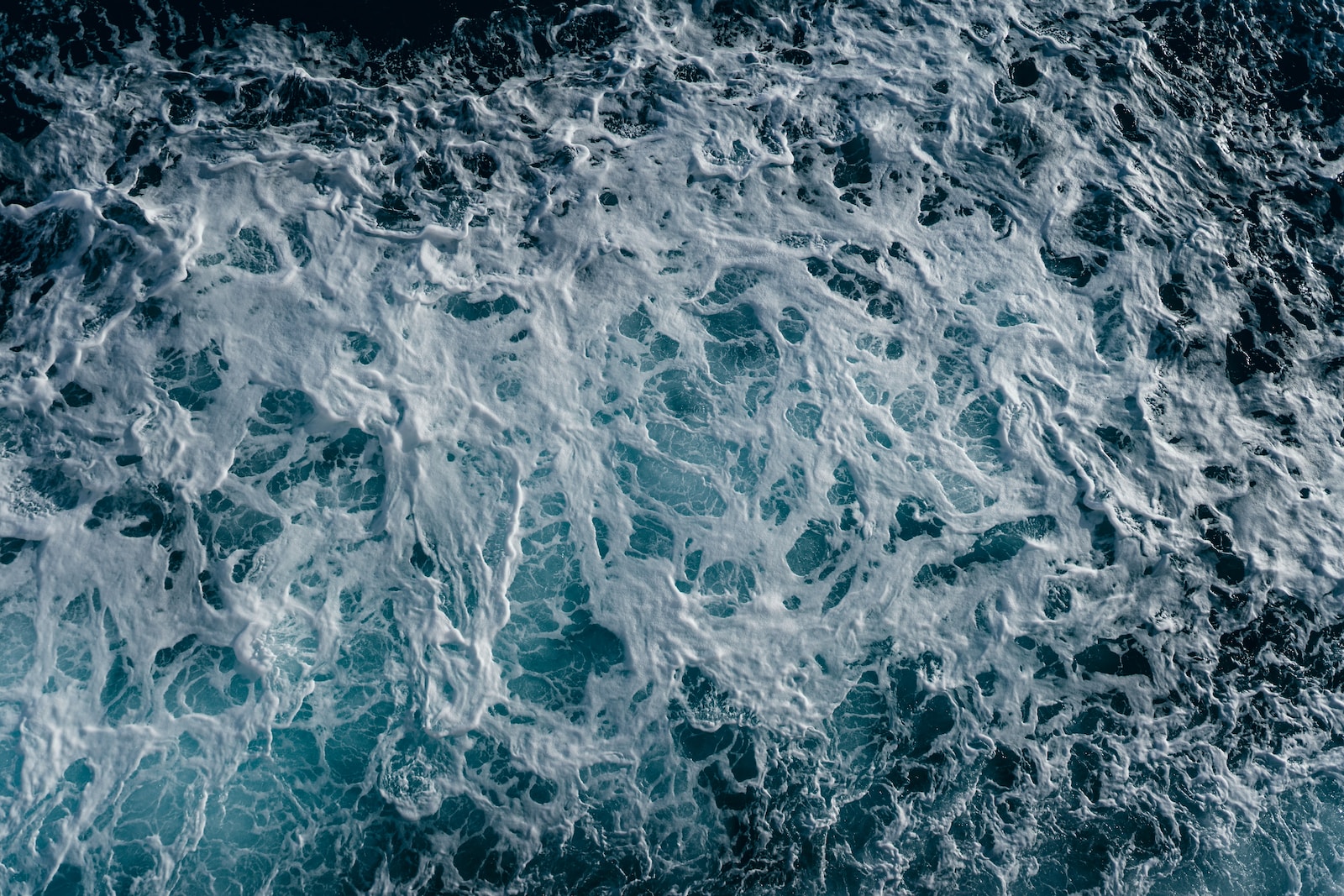FAQs
What is the Gulf Stream?
The Gulf Stream is a powerful, warm ocean current in the Atlantic Ocean that originates in the Gulf of Mexico and flows northeastward towards Europe.
Why is the Gulf Stream so important?
The Gulf Stream is important because it helps regulate climate and weather patterns in the areas it flows through. It also has a significant impact on marine ecosystems, and it has historically been an important route for shipping and trade.
What happens if Gulf Stream stops?
If the Gulf Stream were to stop or significantly weaken, it could have a profound impact on climate and weather patterns in the areas it flows through, leading to potentially severe consequences for ecosystems and human societies.
Where does the Gulf Stream occur?
The Gulf Stream occurs in the Atlantic Ocean, starting in the Gulf of Mexico and flowing northeastward towards Europe.
How is Gulf Stream formed?
The Gulf Stream is formed by a combination of factors, including differences in temperature and salinity between the Gulf of Mexico and the surrounding ocean, as well as wind patterns and the rotation of the Earth.
When did Gulf Stream start?
The Gulf Stream has been flowing for millions of years, since long before humans existed.
Why is it called the Gulf?
The Gulf Stream is called the “Gulf” because it originates in the Gulf of Mexico.
Who discovered Gulf Stream?
The Gulf Stream was first discovered by Benjamin Franklin in the 18th century.
What are 3 characteristics of the Gulf Stream?
Three characteristics of the Gulf Stream are its warm water temperature, high speed, and deep blue color.
What are the types of Gulf?
There are no types of Gulf. The Gulf Stream is a specific ocean current in the Atlantic Ocean.
What is the speed of the Gulf Stream?
The speed of the Gulf Stream can vary, but it typically ranges between 2 and 4 miles per hour.
Where does Gulf Stream start and end?
The Gulf Stream starts in the Gulf of Mexico and ends in the North Atlantic Ocean.
Between what latitudes is the Gulf Stream found?
The Gulf Stream is typically found between latitudes 25 and 45 degrees North.
In which ocean does the Gulf Stream flow clockwise?
The Gulf Stream flows counterclockwise in the Atlantic Ocean.
Where does the Gulf Stream get its heat?
The Gulf Stream gets its heat from the sun, as well as from warm water in the Gulf of Mexico.
Who discovered the Gulf Stream?
The Gulf Stream was first discovered by Benjamin Franklin in the 18th century.
What are the features of the Gulf Stream?
Features of the Gulf Stream include its warm water temperature, high speed, deep blue color, and the impact it has on climate and ecosystems.
What are the characteristics of Gulf Stream?
Characteristics of the Gulf Stream include its warm water temperature, high speed, and deep blue color, as well as the impact it has on climate and ecosystems.
Is the Gulf Stream fast or slow?
The Gulf Stream is considered fast, with typical speeds ranging between 2 and 4 miles per hour.
How fast is the Gulf Stream?
The speed of the Gulf Stream can vary, but it typically ranges between 2 and 4 miles per hour.
Can you see the Gulf Stream?
Yes, the Gulf Stream can sometimes be visible as a distinct band of blue water in the ocean.
Is the Gulf Stream deep?
The Gulf Stream can be deep, with depths ranging from a few hundred feet to several thousand feet.
Is Gulf Stream different from the jet stream?
Yes, the Gulf Stream and the jet stream are two different phenomena. The Gulf Stream is an ocean current, while the jet stream is a high-altitude air current that affects weather patterns.
What is the Gulf Stream wind?
The Gulf Stream wind refers to the wind patterns that are influenced by the Gulf Stream, which can affect weather patterns in the areas it flows through.
What is the fastest current in the ocean?
The Agulhas Current, which flows along the east coast of South Africa, is considered the fastest current in the ocean.
What is the Gulf Stream famous for?
The Gulf Stream is famous for its warm water, high speed, and impact on climate and ecosystems in the areas it flows through.
Where is the Gulf Stream closest to land?
The Gulf Stream is closest to land along the eastern coast of North America, particularly in the region between Cape Hatteras and Cape Cod.
How does the Gulf Stream affect climate?
The Gulf Stream helps regulate climate patterns in the areas it flows through, bringing warm water and air to northern latitudes and affecting rainfall patterns in nearby regions.
Is the Gulf Stream a surface current?
Yes, the Gulf Stream is a surface current, meaning that it flows near the top layer of the ocean rather than deep within it.
Where does the Gulf Stream move the fastest?
The Gulf Stream typically moves the fastest in areas where itis squeezed between two land masses, such as between Florida and the Bahamas, and along the eastern coast of the United States.







